Table of Contents Show
In what way do almost all antagonists share an attribute with your favorite Disney Channel original or cheesy chick flick? Generally, the villain is portrayed as a manifestation of hyperfeminism: a pink-loving, sparkly “mean girl” standing in stark contrast to the more relatable tomboy protagonist.
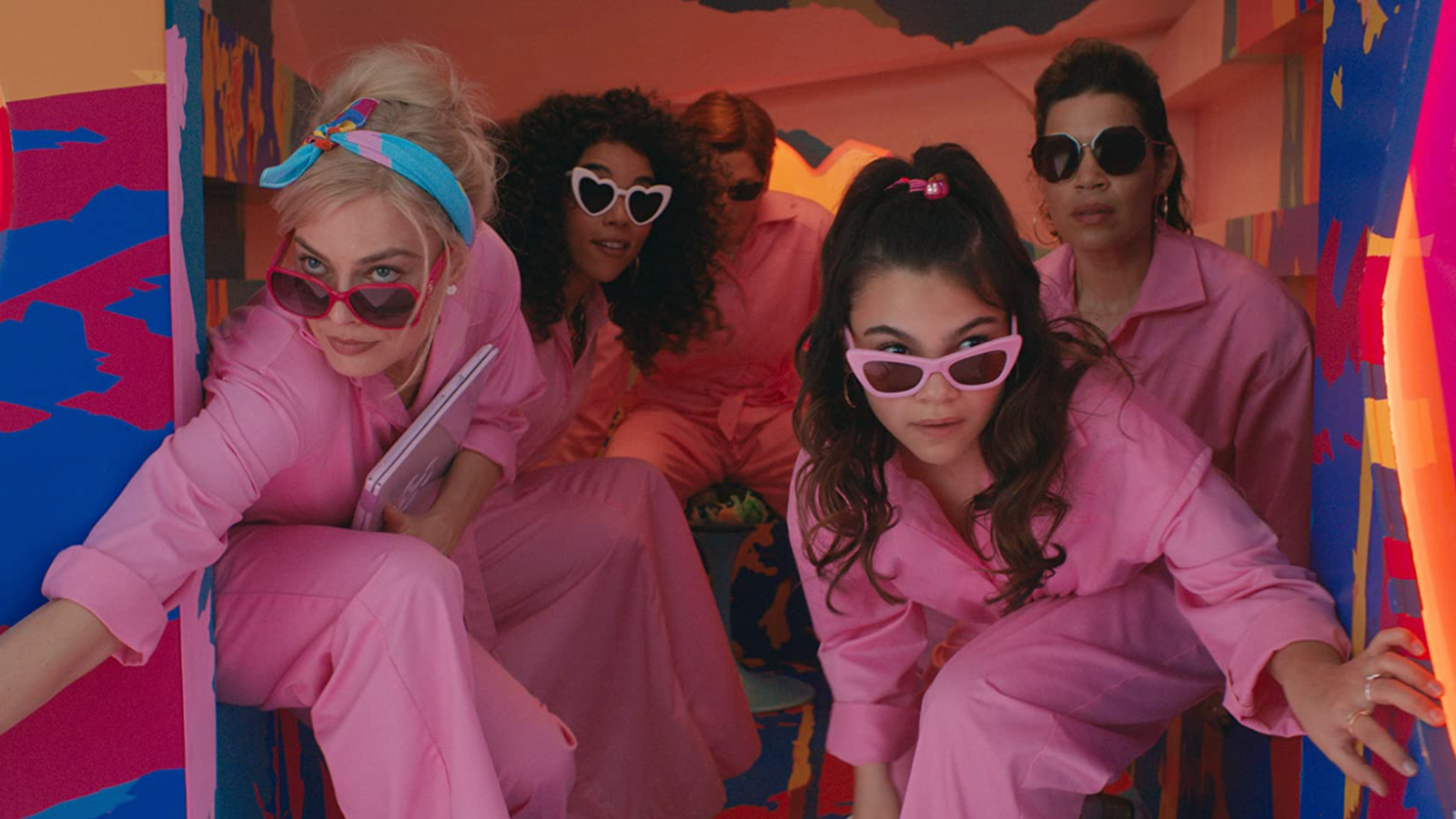
Hollywood’s representation of hyperfeminine characters as bimbos, bullies, or villains, predominantly in media targeted toward young teens/adults, has bled out into society by perpetuating the, “I’m not like other girls” trope. Young girls watching these movies were told that in order to be respected, they needed to be ‘one of the guys,’ and not girly like ‘other girls.’ Media primarily depicting girly girls as “bad” led girls to internalize a distaste for femininity and a desire to want to distance themselves from it. However, in 2023, there has been a massive growth in people reclaiming femininity, particularly after the release of Barbie (2023).
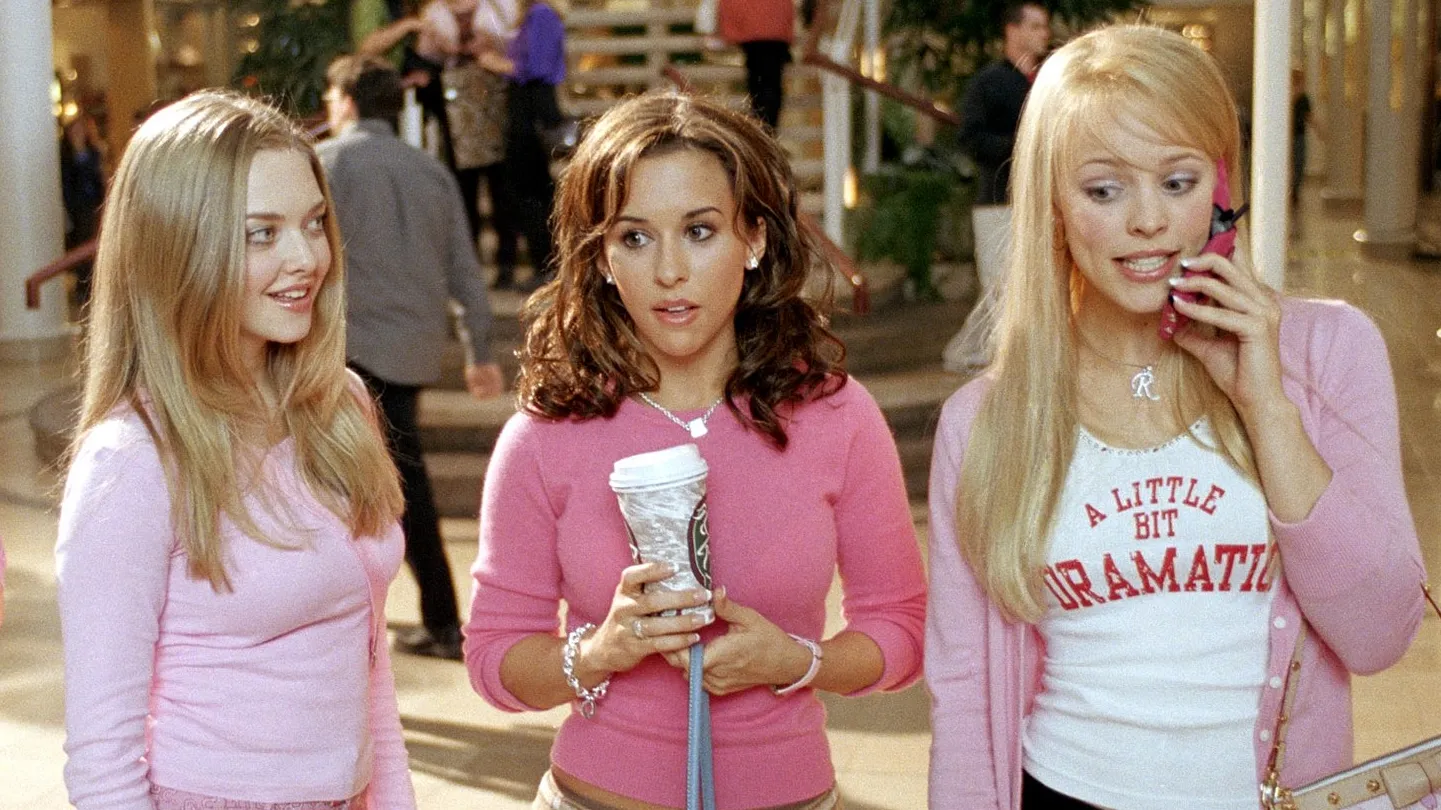
Currently, society is seeing more people (not just women!) embracing the color pink and sparkles — and wearing bold makeup. As realized in the past few years, traditional gender roles are ingrained in us from birth; you are either blue or pink, you play with certain toys, watch certain movies, and wear certain clothes. This was depicted in cinema as well; it was common for films marketed to young girls to depict the villains as bimbos decked out in pink, implying that young girls must not only reject their girly interests but also be ashamed of their femininity.
Therefore, it is pertinent to inquire why this has been associated with feminism and evaluate its historical significance — beginning with second-wave and onto third-wave feminism.
What Is “Second-Wave Feminism?”
Second-wave feminism was a movement in the 1960s and 70s that worked to broaden the reach of traditional gender roles. During World War II, women worked more jobs out of the house due to wartime demands. After the war ended and men returned home, women were forced out of their employment or paid less for the same work. They were also funneled into “pink color jobs,” (( “What Are Pink-Collar Jobs? History of Pink-Collar Work.” MasterClass. 2 November 2022. Accessed 26 August 2023. )) or work that was considered to be more feminine and underpaid, such as secretarial work, child care, or teaching.
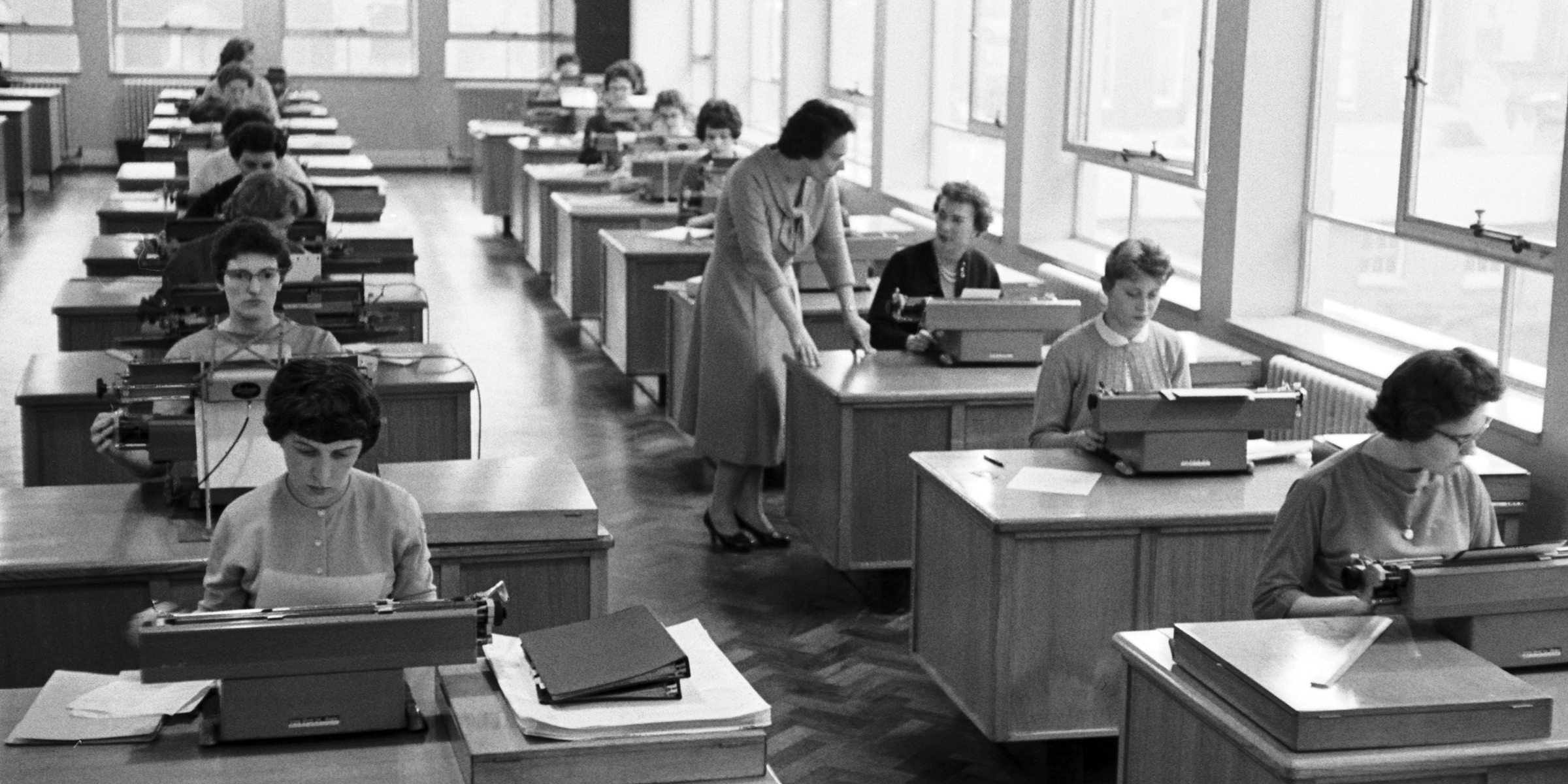
The movement was based on dismantling the idea of what it was like to be a girl in the 1940s, 50s, and 60s when girls were:
“protected rather than challenged, and restricted rather than encouraged.”
(( Baumgardner, Jennifer, and Richards, Amy. All About the Girl. “Feminism and Femininity: Or How We Learned to Stop Worrying and Love the Thong.” 2004. Accessed 26 August 2023. ))
This conversation was largely sparked by Betty Friedan’s The Feminine Mystique, the book largely credited with sparking the second-wave feminist movement. It sparked conversations at home and national protests. (( “Feminism: The Second Wave.” National Women’s History Museum. 18 June 2020. Accessed 26 August 2023. )) Feminists argued that women needed more than a domestic life to achieve happiness. (( Friedan, Betty. The Feminine Mystique. W.W. Norton. 1963. Accessed 26 August 2023. )) This led to the separation of femininity and feminism, as women embraced masculinity as a way to be perceived as equal to men, and therefore receive more respect.
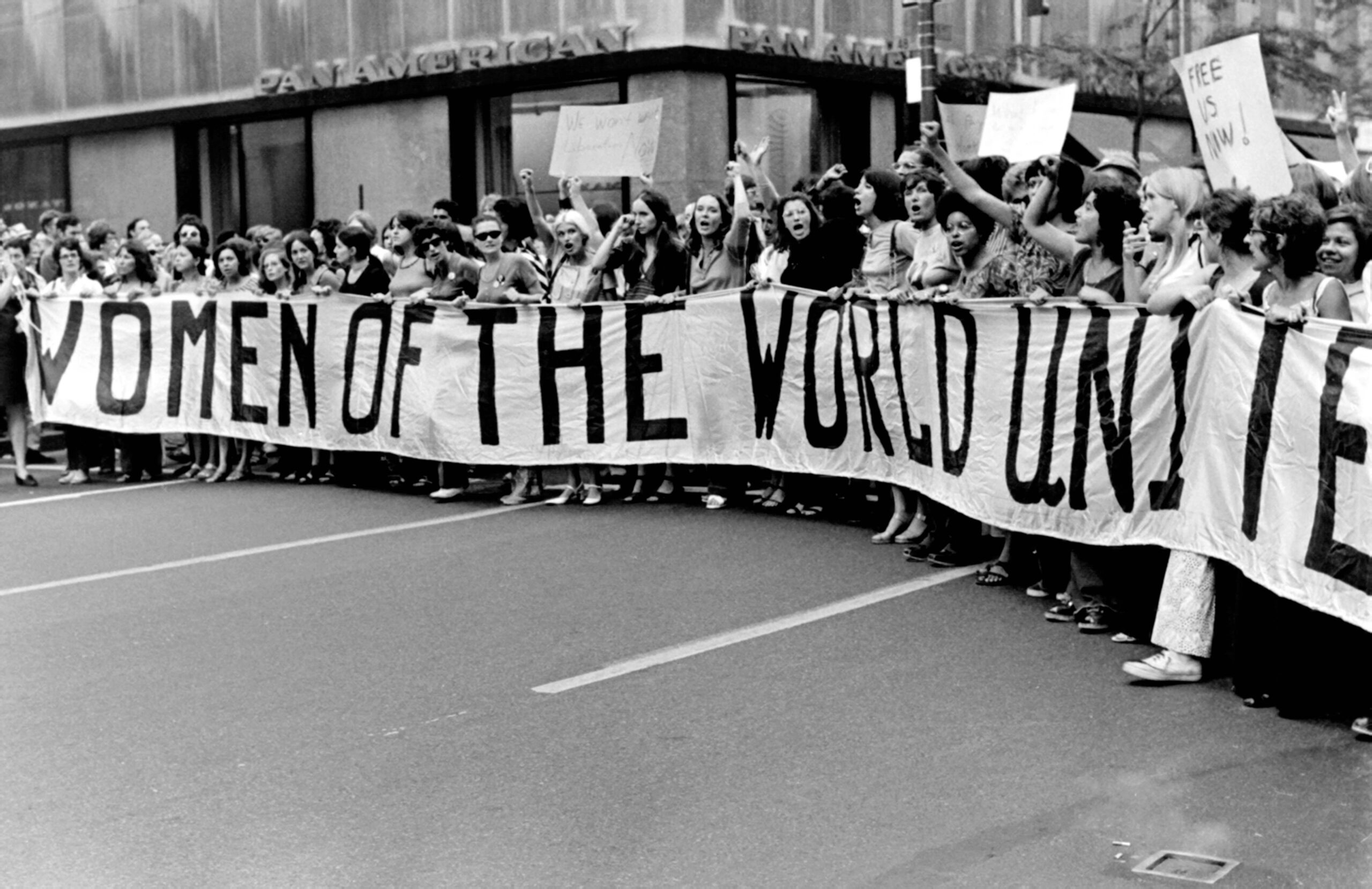
Activists during this time encouraged girls to be more masculine in how they dressed and what they were allowed to be interested in, which resulted in a rejection of femininity. One goal of these feminists was for females of all ages to be valued in society for more than just their sex appeal. (( Baumgardner, Jennifer, and Richards, Amy. All About the Girl. “Feminism and Femininity: Or How We Learned to Stop Worrying and Love the Thong.” 2004. Accessed 26 August 2023. )) However, they:
“fought so hard for all women not to be reduced to a “girl” — they didn’t lay claim to the good in being a girl.”
(( Baumgardner, Jennifer, and Richards, Amy. All About the Girl. “Feminism and Femininity: Or How We Learned to Stop Worrying and Love the Thong.” 2004. Accessed 26 August 2023. ))
Female empowerment and appreciation of femininity were overshadowed by the desire to appear masculine.
“The Monstrous Feminine:” A Result Of Second-Wave Feminism
As a consequence of second-wave feminism, women were encouraged to become more masculine in order to gain respect, whereas forms of hyperfemininity were scorned and mocked, particularly in media directed at young girls. Second-wave feminists believed that traditionally feminine things like makeup, pink, sparkles, and bubble gum were forced upon them by men, and by liking them, reinforced the patriarchy; thus, girls were shamed for liking these traditionally feminine things. (( Baumgardner, Jennifer, and Richards, Amy. All About the Girl. “Feminism and Femininity: Or How We Learned to Stop Worrying and Love the Thong.” 2004. Accessed 26 August 2023. ))
Many films have perpetuated this concept; Mean Girls (2004), High School Musical (2005), and Twilight (2008). Each of these films has its own interpretation of discouraging the expression of femininity, and each film had a particularly young female target audience.
“Cady’s Makeover” In Waters’ Mean Girls (2004)
Cady, the protagonist of Mean Girls (2004), starts out kind and intelligent; however, as she becomes closer to the pink-clad plastics and becomes more feminine, she turns into a villain. In addition to wearing more pink, Cady has become increasingly concerned about her appearance, which makes her meaner. She pretends to be bad at math to get a boy to like her, but it is not until the movie concludes that she is redeemed for her true tomboyish nature.
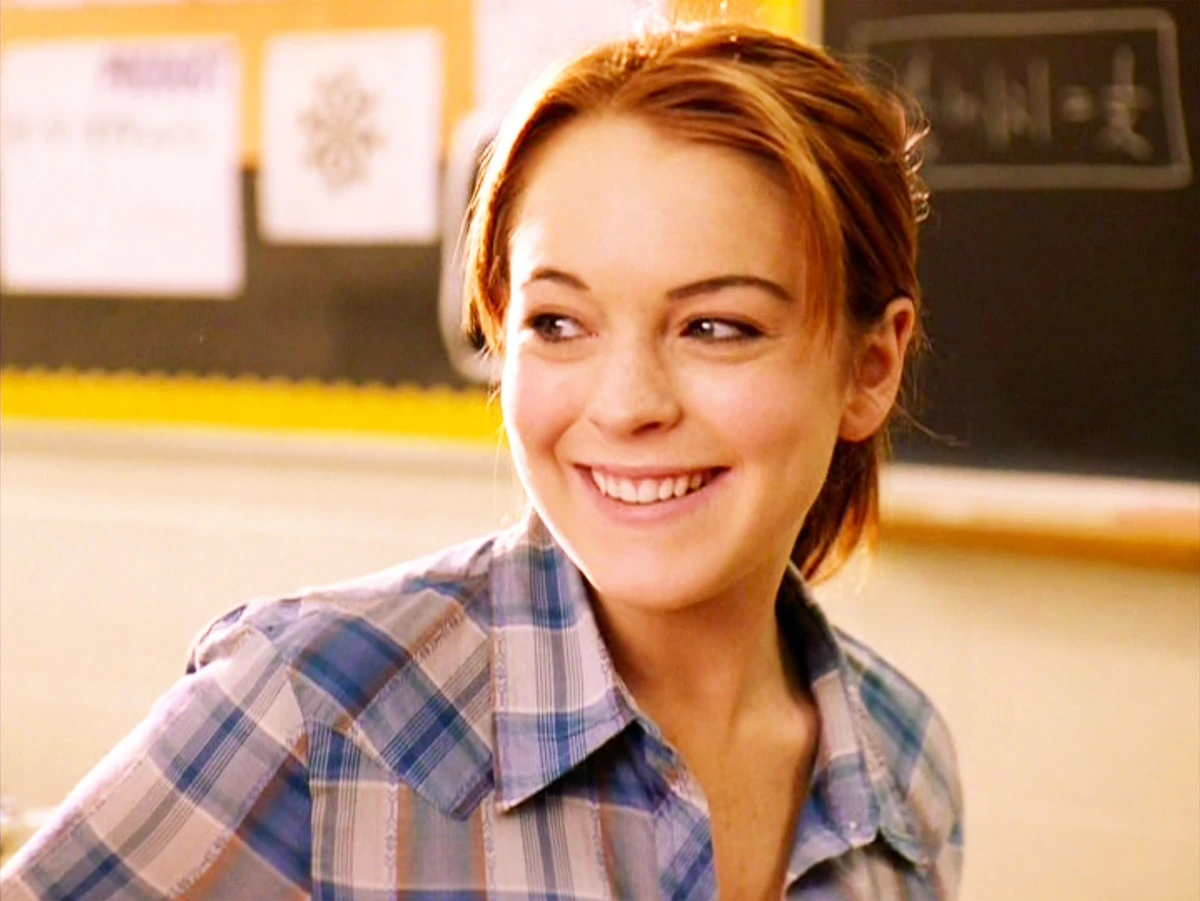
The other villains in the movie, known as the plastics, are all mean, conceited, and strictly follow the “on Wednesdays we wear pink” rule. They are shown to be unintelligent and manipulative. Audiences are supposed to sympathize with Janis Ian, the alternative girl who rejects all forms of femininity. This falls under the negative stereotype resulting from second-wave feminism, as the female characters are shown to reinforce the patriarchy; they wear pink, care about clothes, and are not supposed to be intelligent. Characters should appear more relatable and sympathetic when they are less feminine.
The Falling Star In Ortega’s High School Musial (2006): Sharpay Evans
The High School Musical franchise, which presents itself as a celebration of self-acceptance, continues to perpetuate this stereotype. The only exception to this “acceptance” message is the main antagonist, Sharpay, another hyperfeminine character. (( How High School Musical Demonizes Femininity – A Sharpay Evan’s Deep Dive. YouTube, uploaded by Film Fatales. 21 February 2021. Accessed 26 August 2023. )) Sharpay is blonde, wears lots of sparkles, and is the embodiment of the color pink; she has everything from a pink car to a pink locker. Despite Sharpay’s dressing for herself, the film (and the characters in it) make it clear that she should be mocked and rejected.
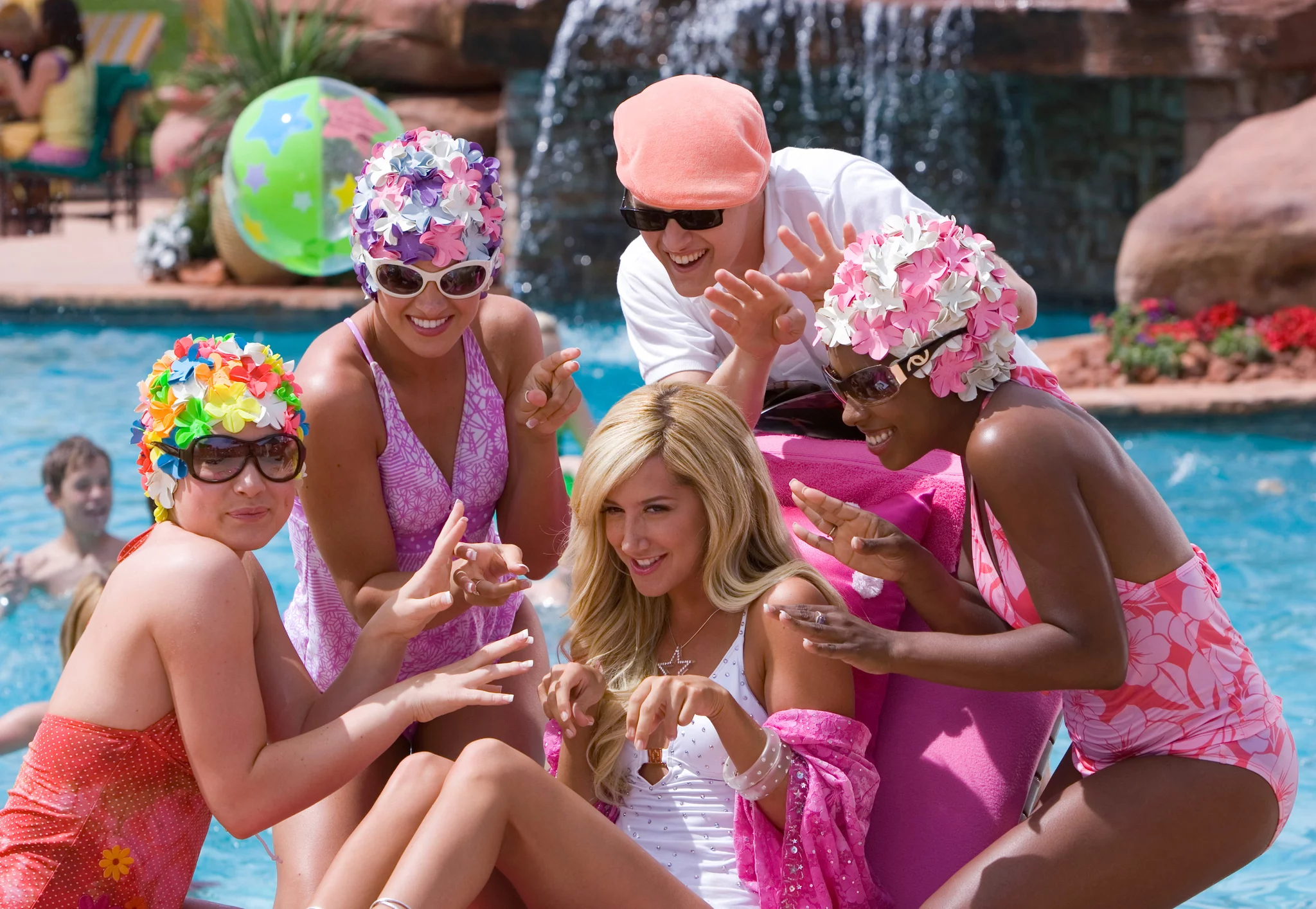
She is juxtaposed against the other female characters in the movie, specifically the protagonist Gabriella. Her peers embrace Gabriella, and while she is still feminine, her femininity does not reach the same over-the-top level as Sharpay’s. Gabriella is shy and meek, and she usually wears light-colored, angelic dresses. Sharpay is confident, talented, and career-oriented while being intense and over-exaggerated.
As opposed to Mean Girls (2004), Sharpay does not dull her passion despite pressure from her peers to do so. Furthermore, it differs from Mean Girls and other tropes by portraying her (stereotypically masculine) characteristics of being driven and career-oriented as a negative trait rather than one she is proud of. Sharpay falls into the femme-fetal archetype, and her blandness:
“is the mark of artificiality, the sign of glamour, a concept that in itself implies a high degree of construction.”
(( Vincendeau, Ginette. Introduction ‘The Blond Issue.’ 2 January 2016. Accessed 26 August 2023. ))
The movie tells its young female audience to reject the ultra-feminine and ambitious Sharpay, in favor of the more angelic, down-to-earth, girl next door, Gabriella, who shames its audience for liking sparkles, hot pink, or other feminine things. This portrayal is especially harmful because out of all the movies referenced in this article, the High School Musical franchise has the youngest target audience.
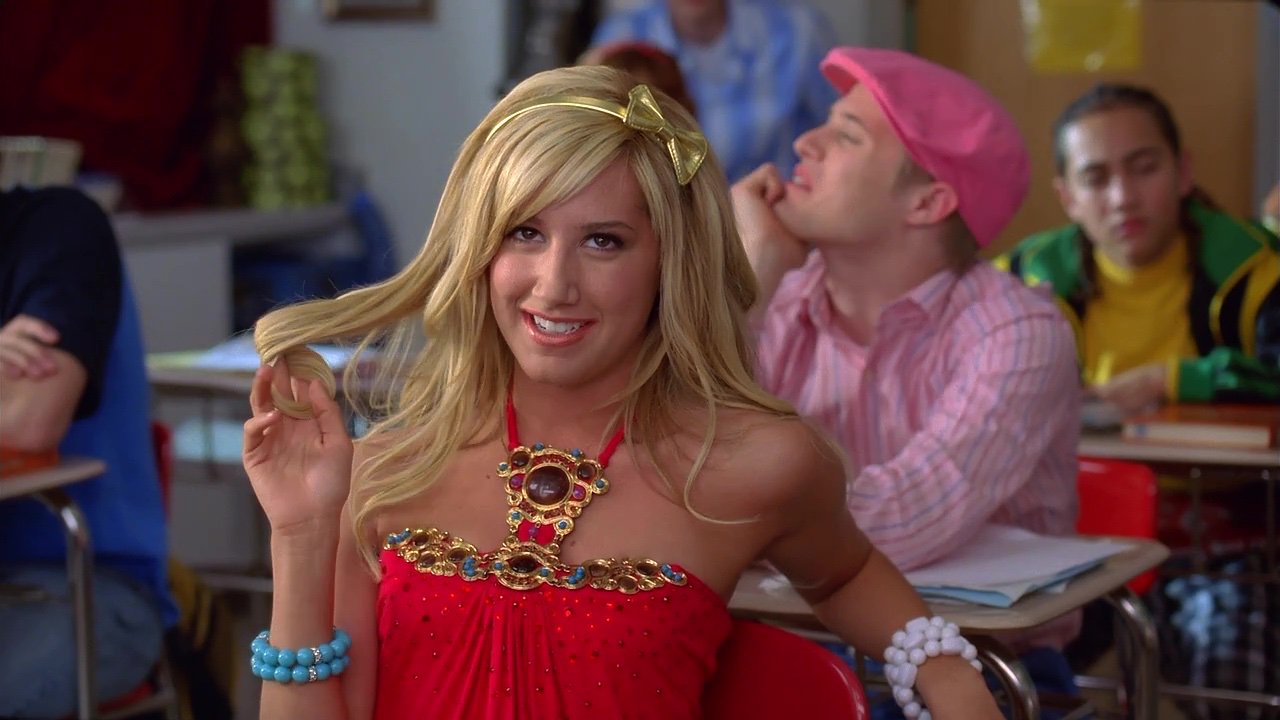
It was marketed towards preteen girls, between the ages of eight and twelve, thus teaching young girls that the only accepted forms of femininity are being pure and angelic, not pink and sparkly, and that it is okay to be smart and have goals, but not to be too driven or too dedicated. (( Sørenssen, Ingvild Kvale. “Disney’s High School Musical and the construction of the tween audience.” Global Studies of Childhood. 2018. Accessed 26 August 2023. ))
Jessica Stanley Versus “The Bimbo Agenda” In Hardwicke’s Twilight (2008)
As we have seen thus far, all of these examples demonstrate that our villains are hyperfeminine. Hyperfeminity is not always used to portray villains; it can also be used as a sidekick or a means of making the tomboy protagonist seem more serious and relatable to the audience. Twilight (2008) uses the bubbly Jessica Stanley as background noise to contrast with our more relatable and coveted tomboy figure, Bella Swan. While Jessica is by no means the villain of the Twilight franchise, she is shown as ditzy and a bit of an airhead (despite being valedictorian in the third film).
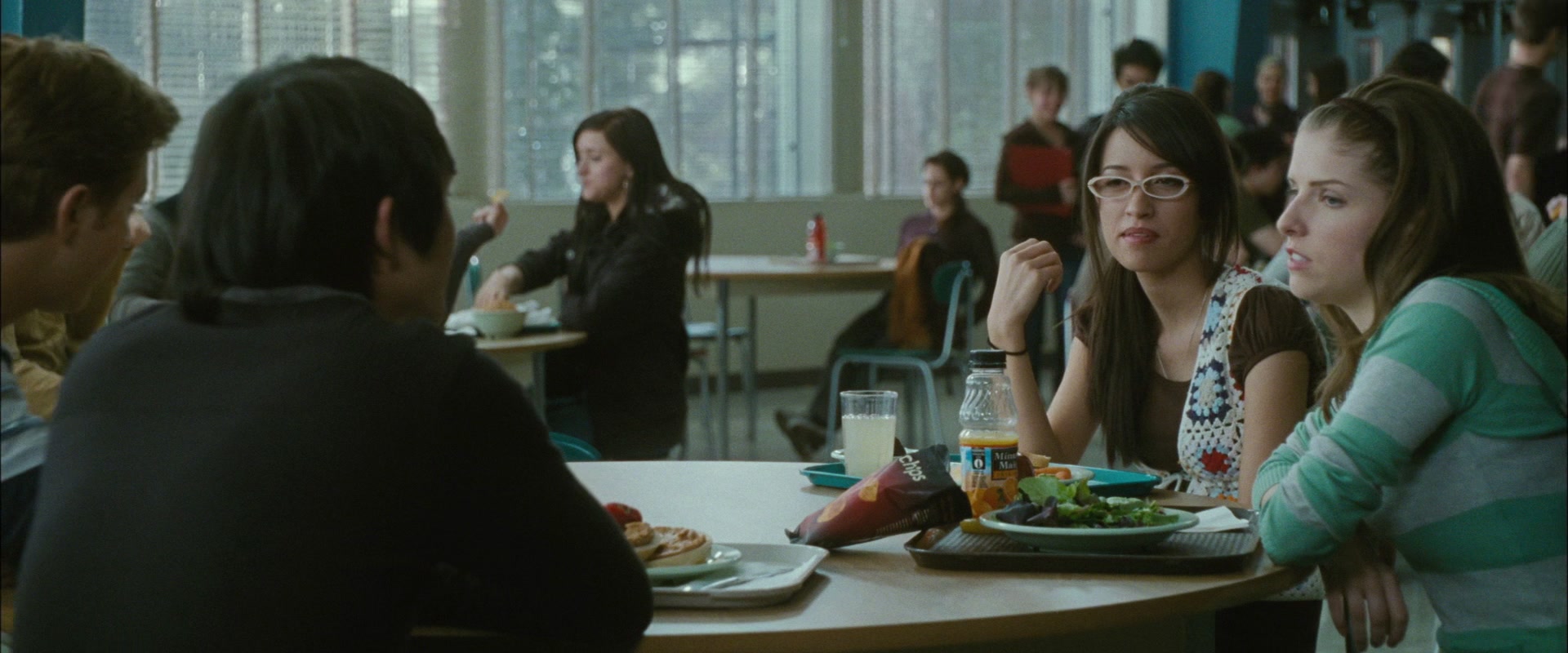
Even though Jessica isn’t antagonistic, her femininity and girliness mark her in the film as a character who we should not take as seriously as our less feminine protagonist, Bella. Female protagonists who aren’t ultra-feminine generally reject girly constructs. They are seen as being “not like other girls” because they:
“display traits traditionally reserved for male characters.”
(( How Hollywood Demonizes Ultra-Femininity. YouTube, uploaded by Shanspeare. 22 February 2021. Accessed 26 August 2023. ))
Bella is much more desirable to the male characters because her lack of femininity makes her seem deeper and less shallow than Jessica. This contributes to the ‘I’m not like other girls’ trend, because young women who might not be super girly only see themselves represented on screen as the odd exception in a feminine space. Bella, and the movie itself, subtly put down Jessica as being ditzy and thus put down their audience and people who want to be girly and bubbly.
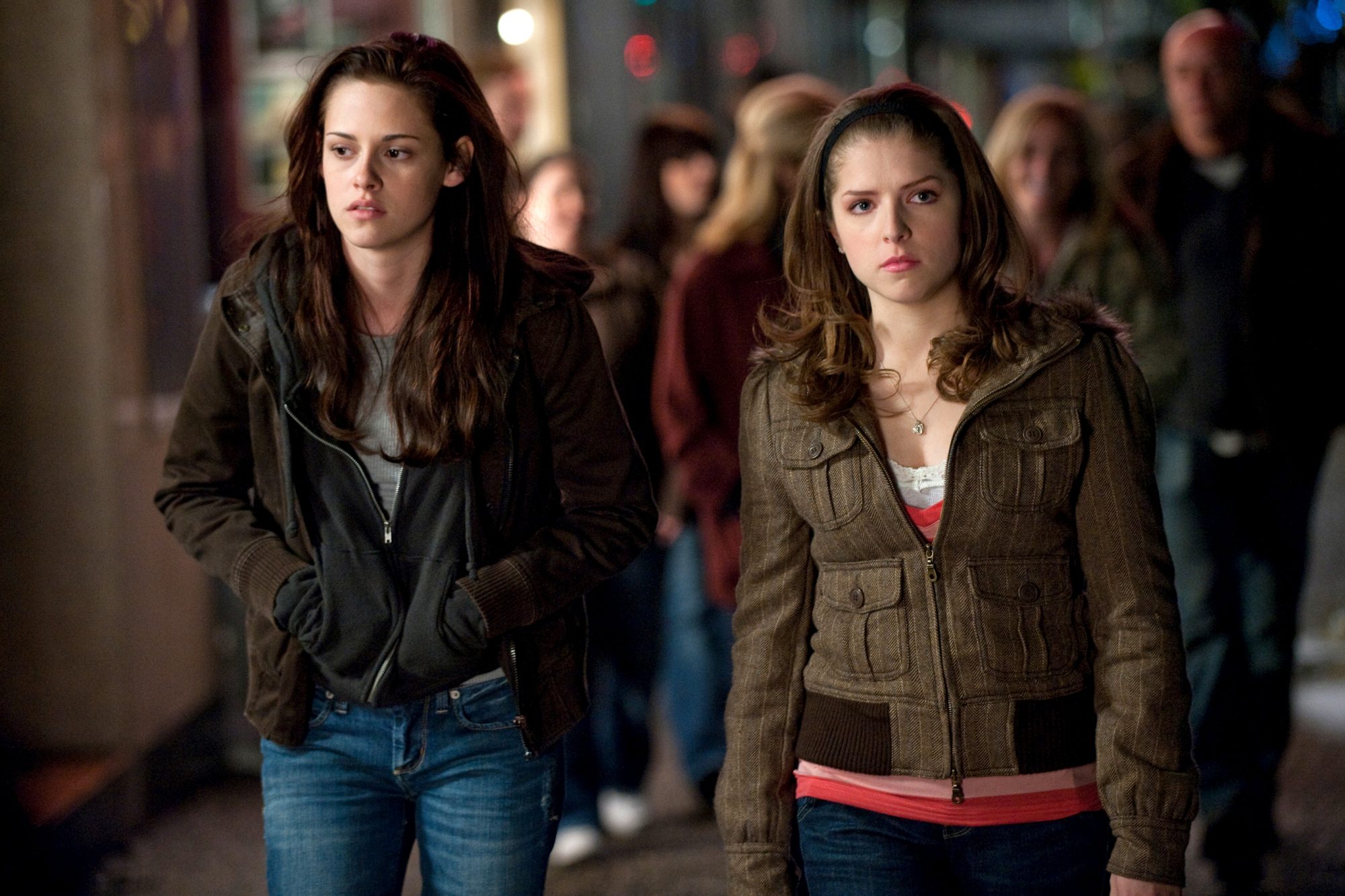
Similar to High School Musical, the Twilight franchise also had a young target audience primarily made up of preteen and teenage girls. (( Eloise, Marianne. “Twilight Turns Ten: What the Response to a Hit Franchise Tells Us About Who’s Allowed to be a Tastemaker.” Robert Ebert. 20 November 2018. Accessed 26 August 2023. )) It teaches its young female audience that the only way to attract men is by not caring about what you look like (while still being beautiful) and not being interested in girly things. It once again shames girls for liking girly things and makes that trait appear undesirable and shallow.
What Is Third-Wave Feminism?
Third-wave feminism began around the 1990s and…
“it is almost impossible to talk with any clarity about the third wave because few people agree on exactly what the third wave is, when it started, or if it’s still going on.”
(( Grady, Constance. “The waves of feminism, and why people keep fighting over them, explained.” Vox. 20 July 2018. Accessed 26 August 2023. ))
Some scholars even argue that we are currently in a “fourth wave,” the start of which was marked by the start of the #MeToo movement in 2017. (( Grady, Constance. “The waves of feminism, and why people keep fighting over them, explained.” Vox. 20 July 2018. Accessed 26 August 2023. )) Even though it can be difficult to define, third-wave feminism has still permeated our media and its depiction of women.
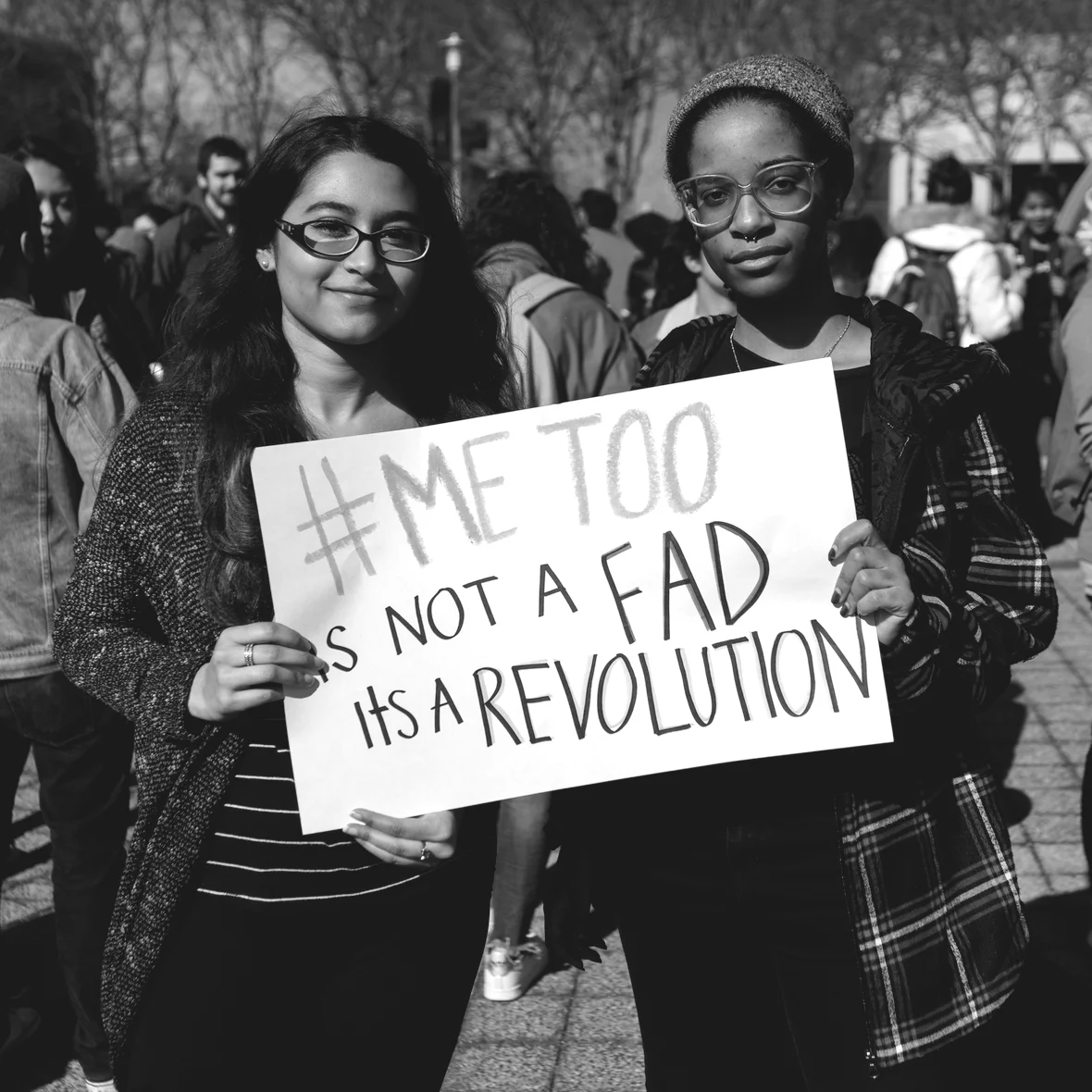
After the mass rejection of femininity brought about by second-wave feminism, the younger, “third-wave” women (and men) are embracing girliness. They view girliness as empowering, not as silly or immature. People realized that:
“feminine things aren’t the problem, but being forced to adopt them was.”
(( Baumgardner, Jennifer, and Richards, Amy. All About the Girl. “Feminism and Femininity: Or How We Learned to Stop Worrying and Love the Thong.” 2004. Accessed 26 August 2023. ))
As we move into a more accepting era of fluidity and expression across genders, more and more people are embracing their femininity and realizing that there is no shame in liking girly things. Not only is there no shame in appreciating girly things, but these girly things deserve our respect.
The Start Of It All: Luketic’s Legally Blonde (2001)
It is easy to compare Barbie (2023) to Legally Blonde (2001); both films show strong female leads who are very feminine and love to wear pink, and each protagonist is extremely successful and has achieved this success without sacrificing their girliness or having to blend in with the patriarchy. And, lastly, both films star critically acclaimed actresses as the lead, with Margot Robbie as Barbie and Reese Witherspoon as Elle Woods.
Yet — while Legally Blonde (2001) was well received in its time, it was never considered a serious feminist film. (( Ebert, Roger. “Legally Blonde.” 13 July 2001. Accessed 26 August 2023. )) Elle Woods in Legally Blonde (2001) was a trailblazer in her own right; she showed that a woman could be girly and successful and that femininity is not a sign of weakness. Others in the film thought she would make an excellent model because she was beautiful and feminine, but never considered her to be intelligent enough to attend an Ivy League institution.
Elle “owned her femininity while discovering a great new career in law school by dressing girly and valuing the things stereotyped as ‘traditionally feminine,’ such as her lady friends, emotional expression, and dating.” (( Evans, Laura. “Barbie Builds on What Legally Blonde Started.” CBR. 1 August 2023. Accessed 26 August 2023. )) But while this film showed the virtues of feminity, it was still very much a product of the early 2000s in terms of representation.
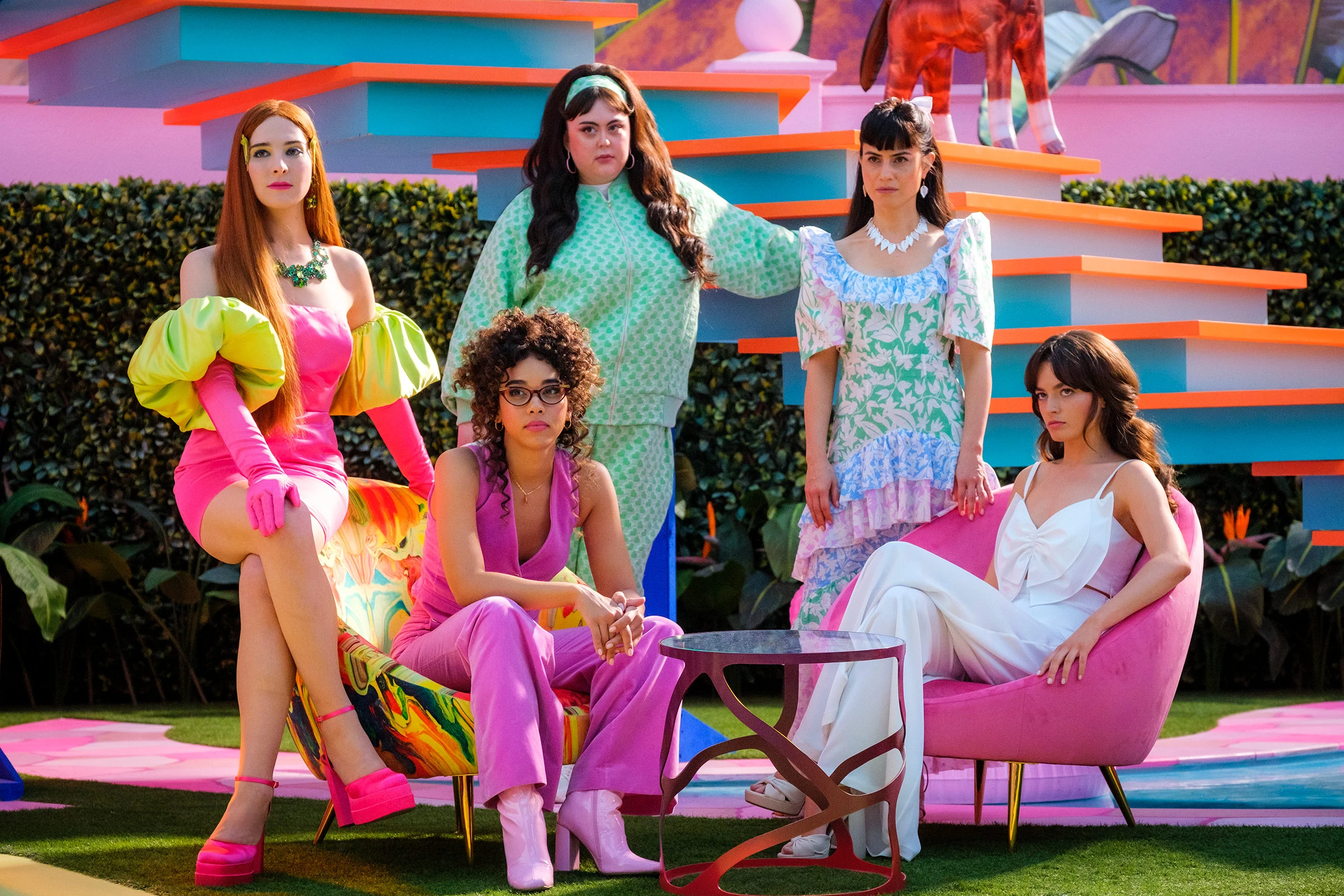
Barbie (2023) tells the perspectives of being a woman from many different types of women. It cast a transwoman, as well as women of different races and sizes. While Legally Blonde (2001) focuses only on the singular perspective of a wealthy, blonde, conventionally attractive, white woman. Elle wants to go to Harvard to chase her ex-boyfriend, but Barbie is never motivated by wanting to be in a relationship; she only wants to help herself and others.
Legally Blonde (2001) only shows men as love interests or antagonists, but Barbie (2023) shows them as having their own issues by discussing male experiences with gender roles through the character Ken. Showing the male experience in feminism and in the patriarchy works to move away from the idea that gender is a woman’s issue, but rather that:
“sexism isn’t just a problem for the ladies, but the boys as well.”
(( Evans, Laura. “Barbie Builds on What Legally Blonde Started.” CBR. 1 August 2023. Accessed 26 August 2023. ))
A Movie AND A Movement With Gerwig’s Barbie (2023)
Barbiecore, Barbie Style, and the color pink have taken over the internet and bled out into real life; Gerwig’s Barbie (2023) depicts beautiful women who wear dresses and care about fashion and color without being vain, while all being wildly successful and happy. Barbie‘s female characters respect and support one another. Each is happy for the other’s accomplishments, rather than being jealous or petty. The women work together to help each other, and while they might not always get along or agree with one another, they still always treat one another with respect and want the best for their friends.
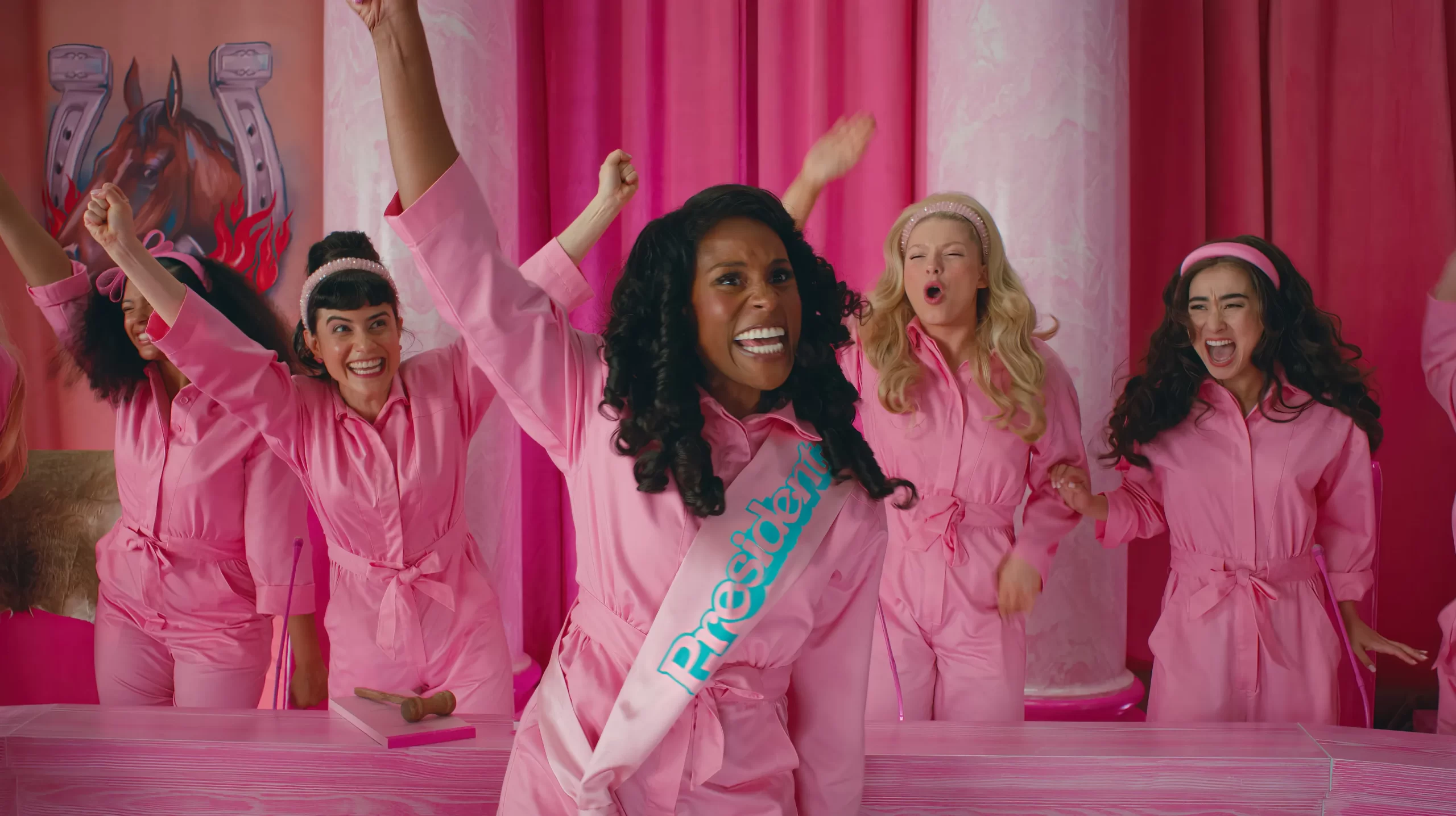
In Mean Girls (2004), High School Musical (2005), and Twilight (2008), our hyperfeminine characters feud or are juxtaposed with the less feminine characters. In Mean Girls (2004), we have Cady versus Regina versus Janis, in High School Musical (2005) we have Sharpay versus Gabriella, and in Twilight (2008), we have Bella versus Jessica.
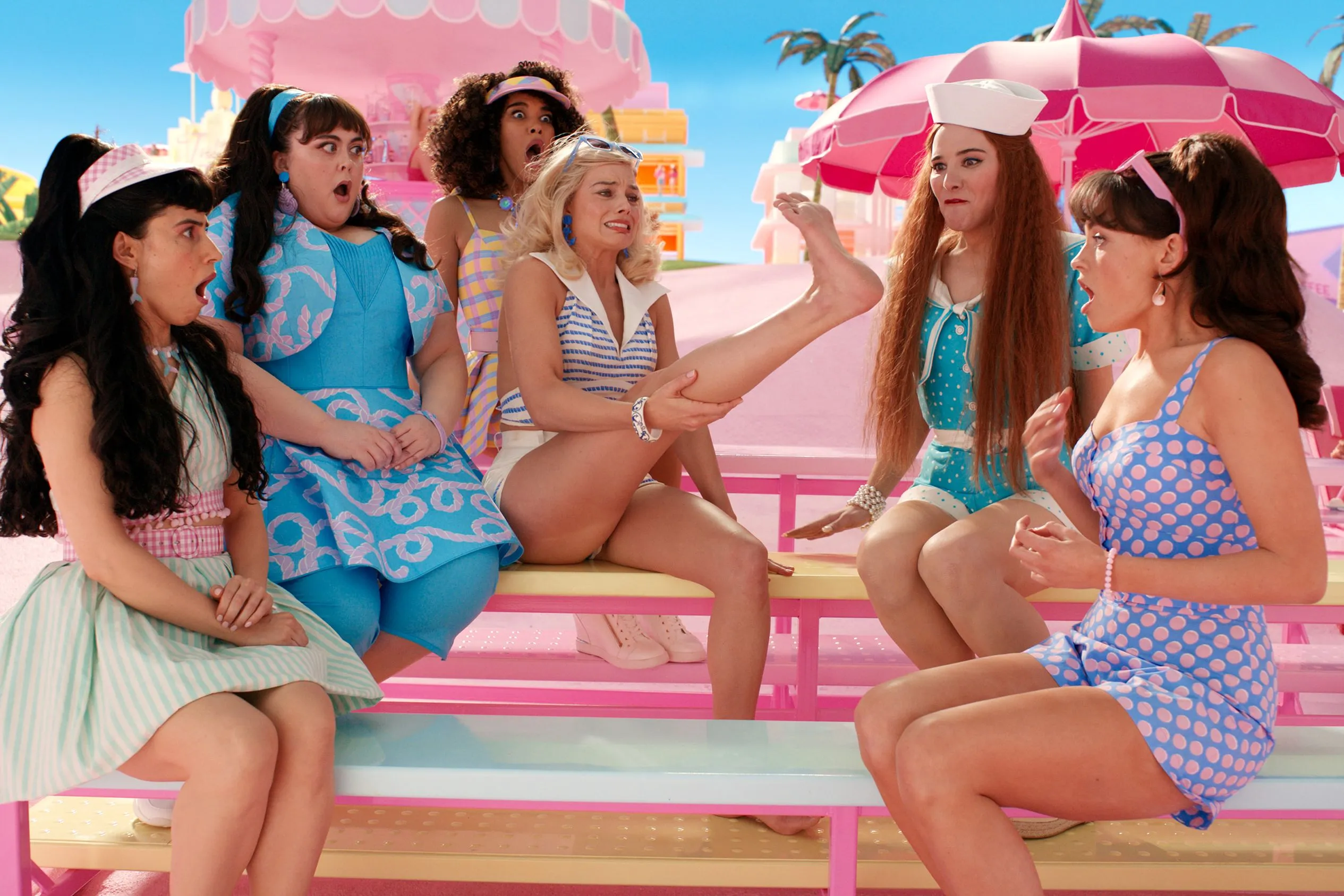
Barbie (2023) shows all women working together and helping one another out. They don’t allow disagreements to lead to cattiness; rather the women are proud of one another are work together throughout the film. This opens up more acceptance for audiences who have been told time and time again that femininity is something to be ashamed of and associated with villainy or ditziness. Seeing women who are successful, kind, smart, and talented, while embracing their femininity to the fullest extent brings about more cultural and self-acceptance for people who enjoy being ultra-feminine.
Barbie (2023) has been a major success, making over a million dollars at the box office, reaching widespread critical acclaim, and already generating Oscar buzz. (( Davis, Clayton. “‘Barbie’ Dream Noms: Ryan Gosling for Best Supporting Actor.” Variety. 21 July 2023. Accessed 26 August 2023. ))
Popular Culture’s Future Role In Feminism
Poet Brenna Twohy said,
“Peach Pits are poisonous. This is not a mistake. Girlhood is growing fruit around cyanide.”
(( Twohy, Brenna. Swallowtail. 1 October 2019. Accessed 26 August 2023. ))
Hopefully, in the age of third-wave feminism and Barbie, we can make girlhood less conflicting for young people. Working to de-villainize hyper-femininity will teach young women that they should not have to sacrifice their interests in order to be taken seriously. We should work to keep the Barbie movement alive and continue to depict women who are successful, yet embrace their femininity. People should not have to act masculine in order to be taken seriously, and hopefully, the Barbie movement persists and helps people be proud of their feminine side and free to express themselves as they see fit.
